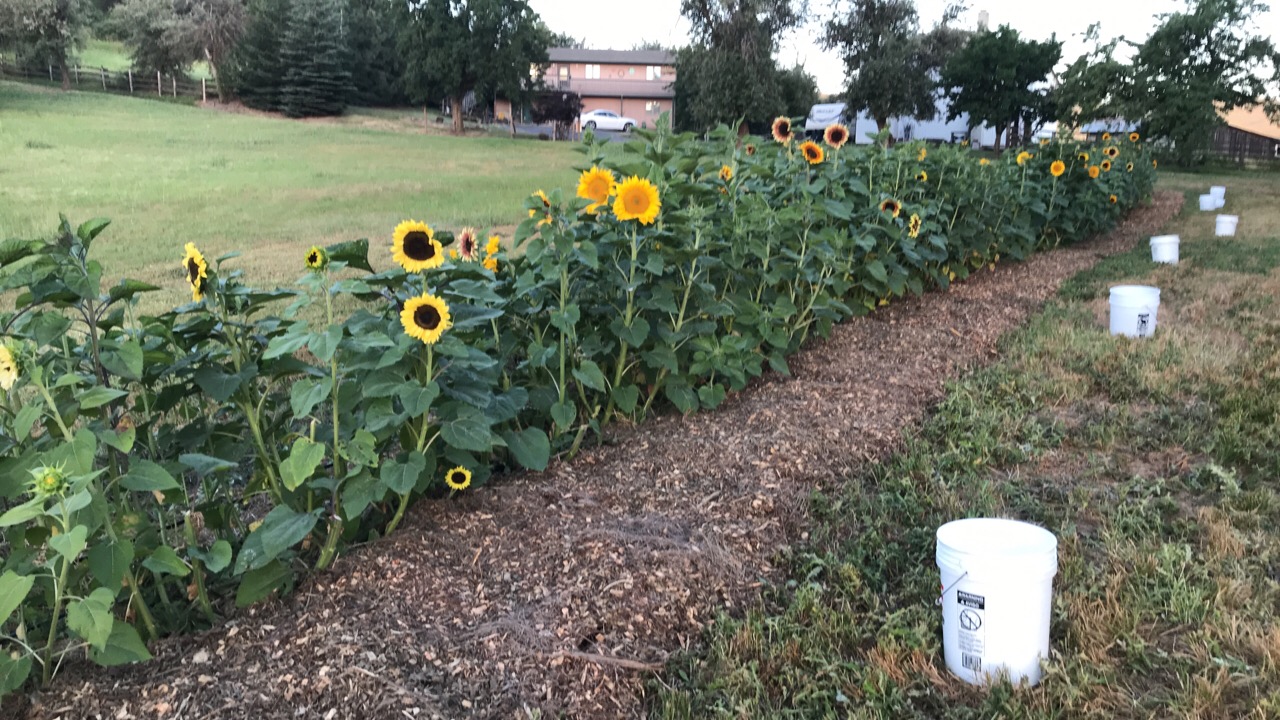In the Front Yard
I think I have mentioned before that we have Meadow Mushrooms growing in our front yard. Our neighbor told us years ago that they were safe to eat but we did not try them for a couple of years.
Then, I saw some for sale at the Farmer’s Market so we decided to give them a try.
It has been raining a lot this spring so we keep getting flushes of mushrooms! I have already dried 3 quarts full and I filled the dehydrator with more today and there are still a bunch in the yard! If anyone wants some, please, stop by and grab some. We have had our limit.
I found some great information about identifying Meadow Mushrooms from a blog called The Thing that is Steve:
Agaricus campestris, the Meadow Mushroom, is one of my absolute favorite fungi. One of the closest relatives to Agaricus bisporus (the common Button Mushroom, found in grocery stores all over the world), it is the brother who seems to have inherited twice the flavor. After heavy rains, we always pull in pounds of campestris and preserve them with our food dehydrator.
When identifying Agaricus campestris in the field look for:
- A white or light brown cap. Think white button mushroom or crimini. Brown varieties seem to have very fine fibers pressed into them. In dry or windy weather the cap tends to look cracked.
- Bright pink gills that become brown when they age. The gills should be free from the stem and never run down it. In very heavy rains, sometimes the gills “bleed” red juice, or if you cut a cap in half you’ll see a red layer of moisture right above the gills.
- Growing on grass. Generally in fields and growing in arcs or rings (although solitary specimens are possible). Sometimes the cap is deformed if it grows up through dry grass.
- A brown spore print. Put the cap of an older specimen on a piece of white paper and wait for a half hour. It should leave a fine brown powder on the paper. If it’s another color, you’re not looking at A. campestris.
- A very thin ring that will rub off to the touch. The ring might not even be there, it’s so light. Sometimes this also causes the margin (edge) of the cap to look a little “fluffy.” See the photos.
- A stem that tapers at the end. Most A. campestris have stems thickest at the cap abruptly becoming slender at the base.
- It does not turn bright yellow when the base is cut or bruised. Gash your fingernail into the base, or cut it in half. If it turns yellow (bright, daisy yellow), then you’ve found an Agaricus xanthodermus, a poisonous cousin that will give you cramps. If the flesh other than the base turns a paler yellow, you may have found anAgaricus arvensis (Horse Mushroom).
- It smells like store-bought mushrooms. Especially younger specimens. Cut one of them in half and sniff.
This might seem silly but I keep thinking about next year and how we will be moving. Not sure if we will be getting any mushrooms…(sad face)…
This morning, I listened to SowEdible podcast and they were talking about the benefits of mushrooms growing in your garden. Basically, mycorrhizal fungi (mykes, meaning fungus, and rhiza, meaning root) are fungi that have developed a symbiotic (mutually beneficial) relationship with the root systems of living plants, from garden vegetables all the way up to the trees. Networks of mycorrhizal filaments envelop the seedling’s root structure, supporting the plant’s own ability to utilize water and nutrients in the soil. This relationship encourages healthy, vigorous growth.
On the podcast, they mentioned that they were going to start some mushrooms in a wood pile and then apply the wood pile chips to their garden, in hopes of getting the mycorrhizal benefits for their garden. I found this “outdoor growing mushroom kit” Garden Giant Mushroom Patch and hope to use it for our new garden in a couple years!


